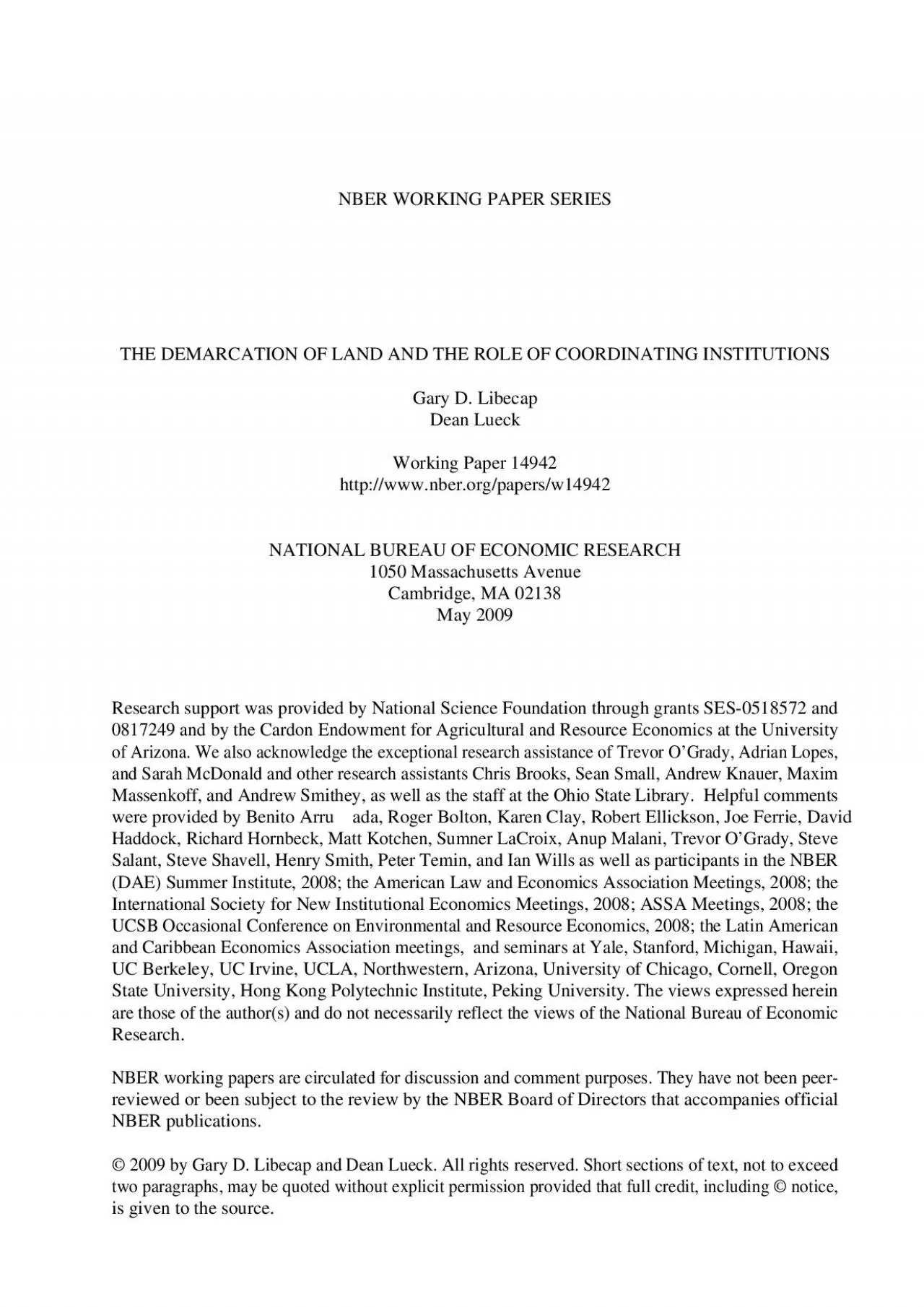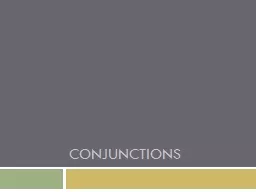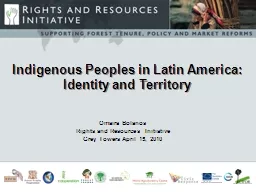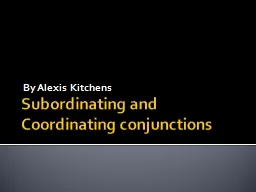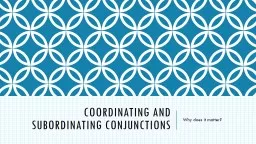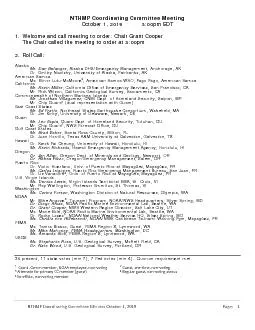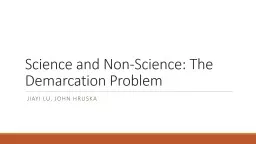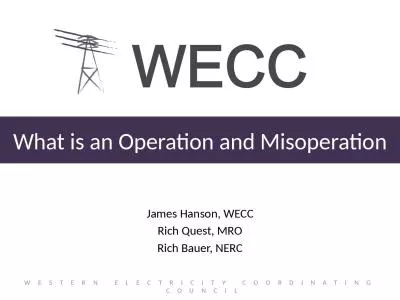PDF-The Demarcation of Land and the Role of Coordinating InstitutionsGary
Author : cady | Published Date : 2022-09-02
1 147The beauty of the land survey133was that it made buying simple whether by squatter settler or speculator The system gave every parcel of virgin ground a unique
Presentation Embed Code
Download Presentation
Download Presentation The PPT/PDF document "The Demarcation of Land and the Role of ..." is the property of its rightful owner. Permission is granted to download and print the materials on this website for personal, non-commercial use only, and to display it on your personal computer provided you do not modify the materials and that you retain all copyright notices contained in the materials. By downloading content from our website, you accept the terms of this agreement.
The Demarcation of Land and the Role of Coordinating InstitutionsGary: Transcript
Download Rules Of Document
"The Demarcation of Land and the Role of Coordinating InstitutionsGary"The content belongs to its owner. You may download and print it for personal use, without modification, and keep all copyright notices. By downloading, you agree to these terms.
Related Documents

